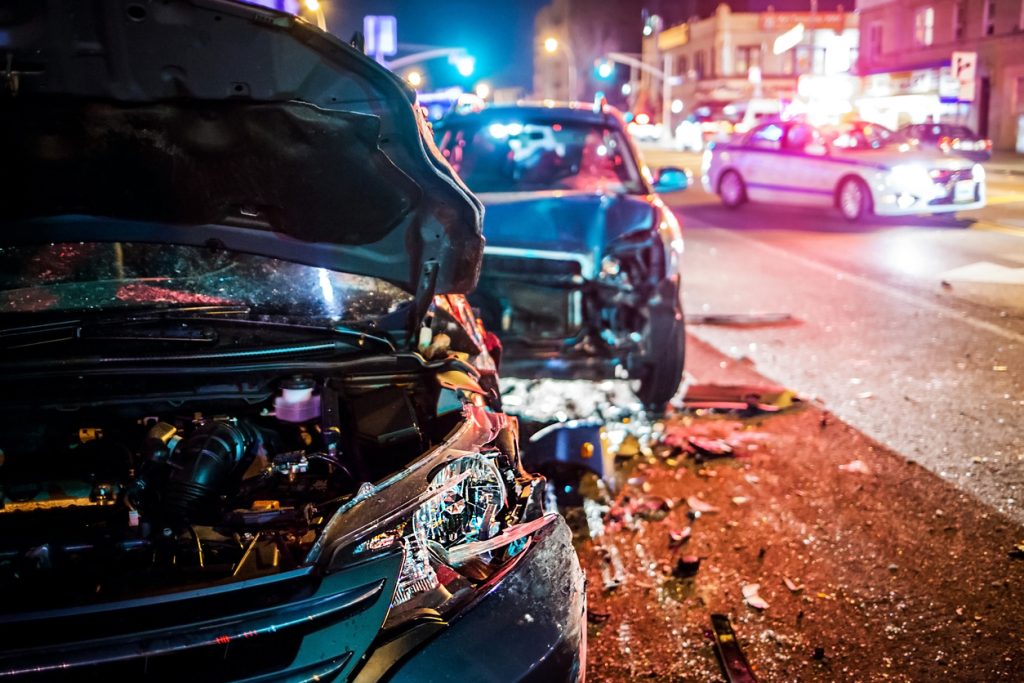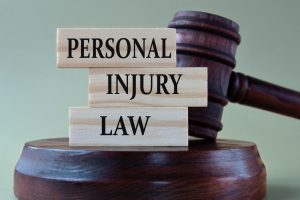Avoiding any type of car accident is something that we all strive for, and being involved in a car accident, especially if pedestrians are involved, can be hugely taxing both mentally and physically.
Figuring out who is responsible in these cases isn’t always simple. Factors like traffic rules, who had the right-of-way, and the behaviour of everyone involved can make things complicated. That’s why it’s so important to talk to a lawyer who can help protect your rights and make sure you get the compensation you’re entitled to.
Any information that you can collect, whether you’re filing an insurance claim or considering legal action, will be useful further down the line.
This means getting a copy of the police report, talking to witnesses, and keeping track of your medical records. A knowledgeable attorney can walk you through the process and help you build a solid case to support your claim.
Legal Aspects To Consider
Pedestrian-car accidents are never straightforward, both from a practical and legal point of view.
Determining fault can be extremely challenging, and then you need to deal with insurance and any potential legal claims.
Here are the main legal aspects to keep in mind.
Who Is At Fault?
Fault in pedestrian-car accidents isn't always clear-cut. Drivers have a duty of care to watch for pedestrians and yield when required. Pedestrians must follow traffic signals and use designated crosswalks.
Evidence like police reports, witness statements, and traffic camera footage can help establish fault. In some cases, both parties may share responsibility.
Liability often falls on the driver, especially if they were speeding, distracted, or failed to yield.
However, pedestrians can be liable if they jaywalk or ignore traffic signals.
Compensation and Damages
If you're injured in a pedestrian-car accident, you may be entitled to compensation.
This can be anything from medical expenses incurred from your injuries, to lost wages due to time out of work, and much more.
Economic damages are quantifiable costs like medical bills and lost income, i..e things that can be easily quantified.
Non-economic damages include pain, suffering, and emotional distress.
In severe cases, punitive damages may be awarded to punish egregious behaviour. The amount of compensation depends on factors like injury severity and long-term impacts.
Insurance companies often try to minimize payouts. It's crucial to document all expenses and impacts related to the accident.
Pedestrian Responsibilities and Comparative Negligence
Pedestrians have legal duties, too. You must obey traffic signals, use crosswalks when available, and avoid darting into traffic.
Comparative negligence is when both particles are at fault. For example, if you were 25% at fault, your settlement would be reduced by that amount.
Some states follow contributory negligence rules instead. This is where recovery can be barred if you're even slightly at fault, but this isn’t practised in all states as it’s seen as harsh on the plaintiff.
Statute of Limitations and Legal Procedure
Each state has a statute of limitations for filing a personal injury lawsuit.
The deadline can range from one to six years, however, it’s better to do it sooner rather than later.
Missing this deadline can bar you from seeking compensation. It's crucial to act promptly after an accident to preserve your legal rights.
The major steps in a legal process usually include the following three things:
- Filing a claim with the driver's insurance company
- Negotiating a settlement
- Filing a lawsuit if negotiations fail
Things like gathering evidence, obtaining medical records, and consulting with experts may all be necessary.
Practical Steps To Follow
Taking the right actions immediately after a pedestrian accident can protect your legal rights and ensure proper medical care.
It can be super difficult to remember exactly what to do during a real-life accident, so here are some general guidelines to keep in mind - don’t worry if you can’t follow them all in the unfortunate event of an accident.
Immediate Actions at the Scene
The first thing to do is stop your vehicle, check on any pedestrians involved and call 911 as soon as possible, assuming you can.
In minor incidents, exchange contact and insurance information with the pedestrian if they're able. It’s better not to apologize or discuss fault at all at the scene.
Take pictures of the accident scene, vehicle damage, and any visible injuries. Look for nearby security cameras that might have recorded the incident.
Gather contact information from any witnesses. Their statements could be crucial for insurance claims or legal proceedings.
Wait for the police to arrive and cooperate fully. Provide a factual account of what happened without speculating or admitting fault.
Medical Attention and Documentation
Seek medical attention immediately, even if you feel fine. Some injuries may not be apparent right away. Follow all treatment recommendations from healthcare providers.
Keep detailed records of all medical visits, treatments, and expenses related to the accident. This includes doctor's appointments, physical therapy, medications, and any assistive devices.
Document any pain, discomfort, or limitations you experience. Keep a daily journal noting how your injuries affect your daily life and work.
Request copies of all medical records and bills. These will be essential for insurance claims and potential legal action.
Working With Insurance Companies
Contact your insurance company promptly to report the accident. Provide a factual account of the incident without admitting fault.
Be cautious when speaking with the pedestrian's insurance adjuster. Stick to basic facts and avoid discussing injuries or faults.
Don't accept the first settlement offer. It's often lower than what you may be entitled to receive.
Keep detailed records of all communications with insurance companies. Note dates, times, and the content of phone calls or emails.
Consider having a lawyer review any settlement offers before accepting them. They can help ensure you're receiving fair compensation.
When to Contact an Accident Attorney
The choice to contact an attorney is entirely up to you, but here are some scenarios where it would be highly recommended to do so:
- The pedestrian suffered severe injuries or died
- You're facing significant medical expenses or lost wages
- The fault is disputed or unclear
- The insurance company is offering a low settlement
- You're being sued by the pedestrian
Many personal injury lawyers offer free initial consultations, so you don’t need to be as worried about having to spend money upfront if you don’t have any to spare.
They can assess your case and advise on the best course of action.
An experienced attorney can help gather evidence, negotiate with insurance companies, and represent you in court if necessary.
Don't delay seeking legal advice. There are time limits for filing personal injury claims, and crucial evidence may be lost over time.





















